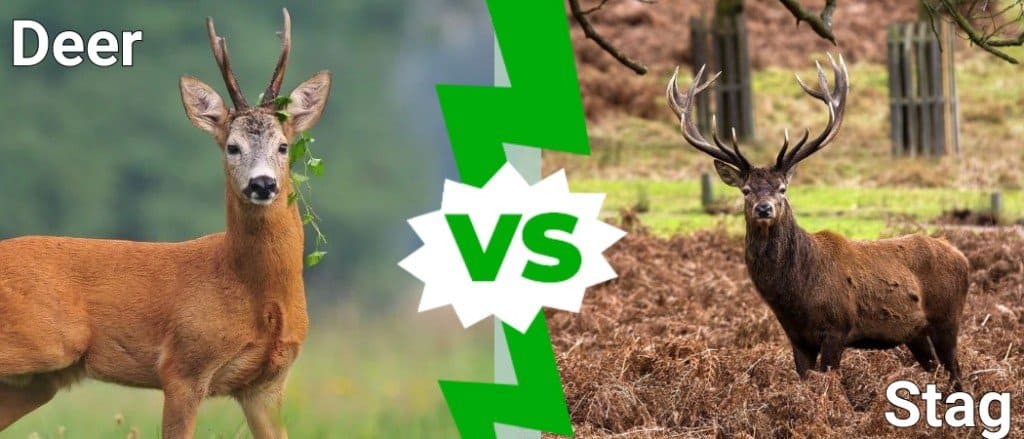
The world of deer can seem confusing, with various terms like “deer,” “stag,” “doe,” and “fawn” often used interchangeably. This leads to questions about the precise differences between these classifications. This article aims to clarify the distinctions between deer and stag, providing a comprehensive understanding of their unique characteristics and roles within the deer family.
We’ll delve into the definitions of “deer” and “stag,” explore the defining feature of antlers, differentiate between male and female deer (stags and does), and examine the characteristics of young deer (fawns). By the end of this article, you’ll have a clear grasp of the nuances within the fascinating world of deer.
Deer vs Stag: Defining the Terms
The term “deer” is a broad category encompassing various hoofed mammals belonging to the Cervidae family. This diverse group includes species like white-tailed deer, elk, moose, and reindeer, each with its own unique physical traits and habitat preferences.
“Stag,” on the other hand, refers specifically to an adult male deer. The term “stag” is often used interchangeably with “buck,” but technically, a buck can refer to any male deer, regardless of age. Stags are typically larger than female deer (does) and possess prominent antlers, which serve as a key distinguishing feature.
Antlers: A Key Distinguishing Feature
Antlers are bony structures unique to deer species, found exclusively on males (stags). These remarkable appendages grow annually from the skull and are shed each year, regrowing larger and more complex with age. The size and shape of antlers vary significantly between different deer species and can serve as a valuable tool for identification.
Antler Function
Antlers primarily function in male-to-male competition during mating season. Stags use their antlers to establish dominance hierarchies, engage in sparring matches, and ultimately secure access to mates. The size and strength of an antler rack often reflect a stag’s overall health, genetic fitness, and fighting prowess.
Antler Growth
Antler growth is a complex process driven by hormonal changes. During the spring and summer months, stags experience a surge in testosterone levels, stimulating rapid antler development. As antlers grow, they are covered in a soft, velvety tissue called “velvet” which provides nourishment and blood supply.
Stags and Does: Male and Female Deer
Stags and does represent the two sexes within the deer population. While both share fundamental characteristics like hoofed feet, herbivorous diet, and acute senses, there are distinct physical differences between them. Does typically lack antlers, while stags possess prominent ones.
Doe Characteristics
Does are generally smaller than stags and have a more slender build. They play a crucial role in the deer population by giving birth to fawns and raising them until they reach independence. Does exhibit maternal instincts and fiercely protect their young from predators.
Stag Characteristics
Stags, as mentioned earlier, are characterized by their antlers, which serve multiple purposes beyond mating competition. They also use antlers for defense against predators and to establish territories within their range. Stags often display a more aggressive demeanor compared to does, particularly during the breeding season.
Fawns: Young Deer of Both Sexes
Fawns refer to young deer of both sexes, regardless of whether they are male or female. Born with soft brown fur and large, expressive eyes, fawns are highly vulnerable and rely heavily on their mothers for protection and nourishment.
Fawn Development
Fawns typically spend the first few weeks of life hidden in dense vegetation, relying on their camouflage to evade predators. They nurse from their mothers’ milk and gradually transition to a herbivorous diet as they grow older. Within a few months, fawns develop their adult coloration and begin exploring their surroundings more independently.
Stag Characteristics
Stags possess several unique characteristics that distinguish them from other deer types. Their antlers are the most prominent feature, serving as a symbol of masculinity and dominance. Stags also tend to be larger in size than does and exhibit a more assertive demeanor. Their vocalizations, such as grunts and snorts, often convey territoriality or mating intentions.
Stag Behavior
Stags are highly territorial animals, defending their chosen range from rivals through displays of aggression and antler sparring. During the breeding season, stags engage in elaborate courtship rituals, attracting does with scent marking and vocalizations. They also form temporary social groups known as “herds” during this period.
Conclusion
Understanding the differences between deer and stag is essential for appreciating the complexities within the deer family. While “deer” encompasses a broad range of species, “stag” specifically refers to adult male deer characterized by their prominent antlers. These antlers play a crucial role in mating competition, territorial defense, and overall survival. By recognizing the unique characteristics of stags, does, and fawns, we gain a deeper understanding of the fascinating world of these graceful and adaptable creatures.
